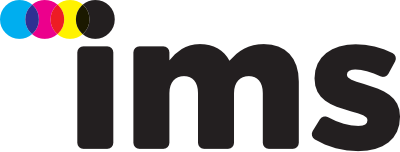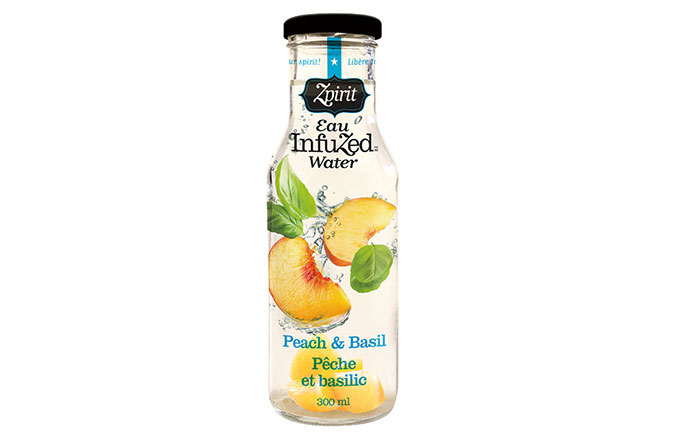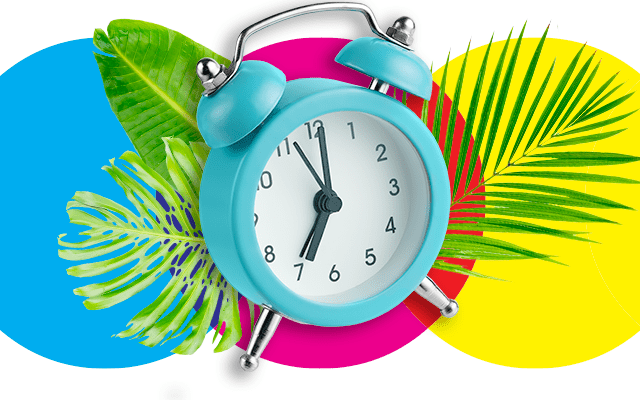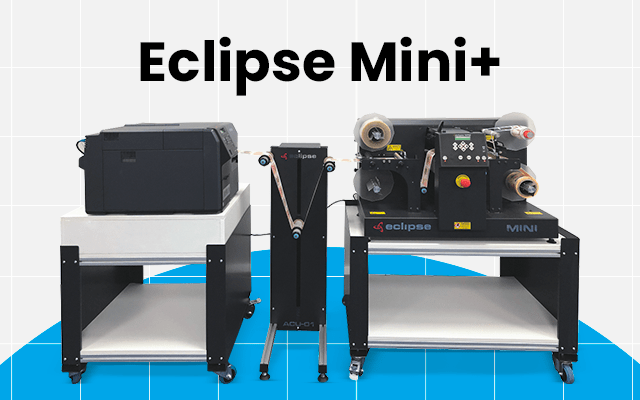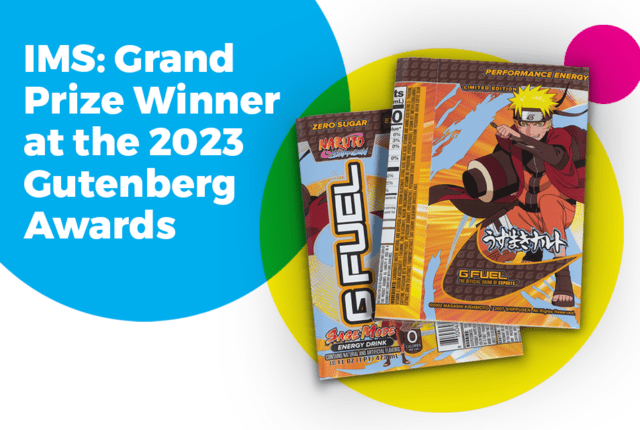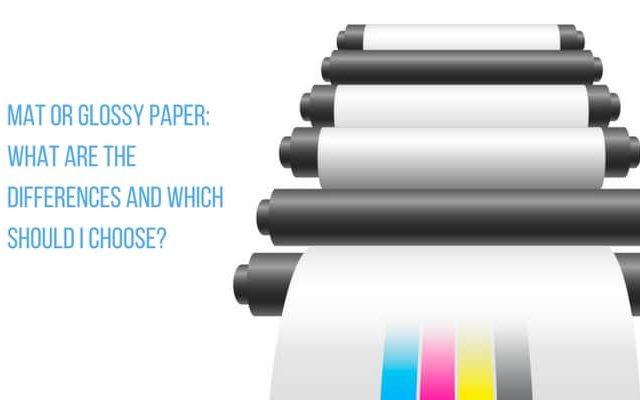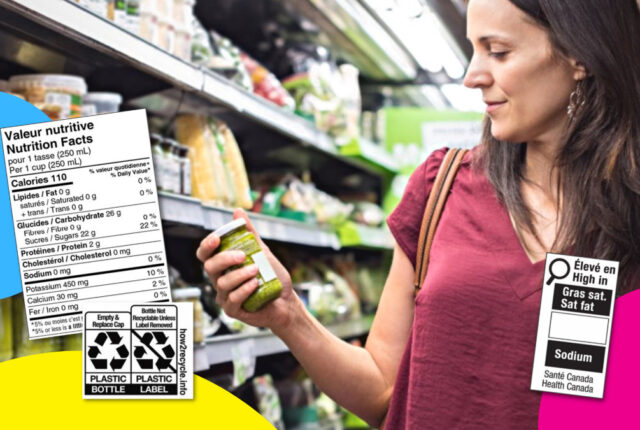Anyone who has manufactured a product that comes in a bottle has likely thought about marketing it with shrink sleeve labeling. That’s because It’s a powerful marketing medium. Shrink Sleeves can hug the contours of your product, show vivid colors and use the entire real-estate of the product as a canvas for your marketing. It’s powerful stuff.
But achieving a really good result can be tricky, and it is important to work with someone who masters it.
But why is it so difficult? Here are a few reasons.
1. Choosing the proper material
There are different materials that you can choose from to create a shrink sleeve label. Some, such as PETG have excellent shrinking qualities. Others, such as PLA, are more expensive but have very strong environmental qualities. There are also materials that are designed to suit specific applications. There are types of labels that provide more elasticity, others that provide more transparency and many other characteristics. To make sure you get the optimal final product, you need to consult with a company that has experience working with these different materials and their numerous properties. Learn more about by downloading our free ebook on shrink sleeve label films.
2. Choosing the optimal print and application methods
Shrink Sleeve has a few different print methods. Rotogravure printing although expensive to set up, delivers the highest quality and best value for very high volumes. Flexographic printing is less expensive, of good quality and delivers the best value for medium volumes, in the 10,000 – 100,000-unit range. Digital printing, using inkjet technology is best for low volume runs and has the advantage of requiring little set-up for multiple variation printing.
Application can be either manual (low-volume) or automatic (high-volume).
It is likely that during your product’s lifecycle you’ll need to use more than one of these print or application methods. That’s why it’s important to choose a shrink sleeve provider that has expertise in these various methods.
3. Image Distortion
The artwork you develop for your shrink sleeve label will naturally begin flat. To be applied, however, it must be designed to end up on a cylindrical sleeve surface. This is regardless of the actual shape of your container.
Then, the image has to be processed to fit the product and its irregular shapes without looking deformed. This is called Anamorphosis. Think of it as the opposite of a house of mirrors, where the mirrors distort your image when looking into them. In the case of shrink sleeve, the finished artwork must be pre-distorted to look right when it gets shrunken into its final position on the product.
3D Software to do this kind of work is improving, but a design almost never works on the first try. Therefore, the process generally goes like this:
- Using the 3D software to do Anamorphosis
- Printing out a version of the sleeve, shrinking it into place
- Seeing the results and going back to the software to make adjustments
- Repeating the process over again.
Getting to that perfect final product takes a high level of expertise. It is also particularly important for your brand identity. You want to avoid even the smallest amount of distortion there. Choose a shrink sleeve provider that understands the graphic process and that can help you develop imagery that will be optimal for both your brand image and for the shrink sleeving method you use.
Would you like to learn more about how shrink sleeve can be beneficial to your product? Contact us!
